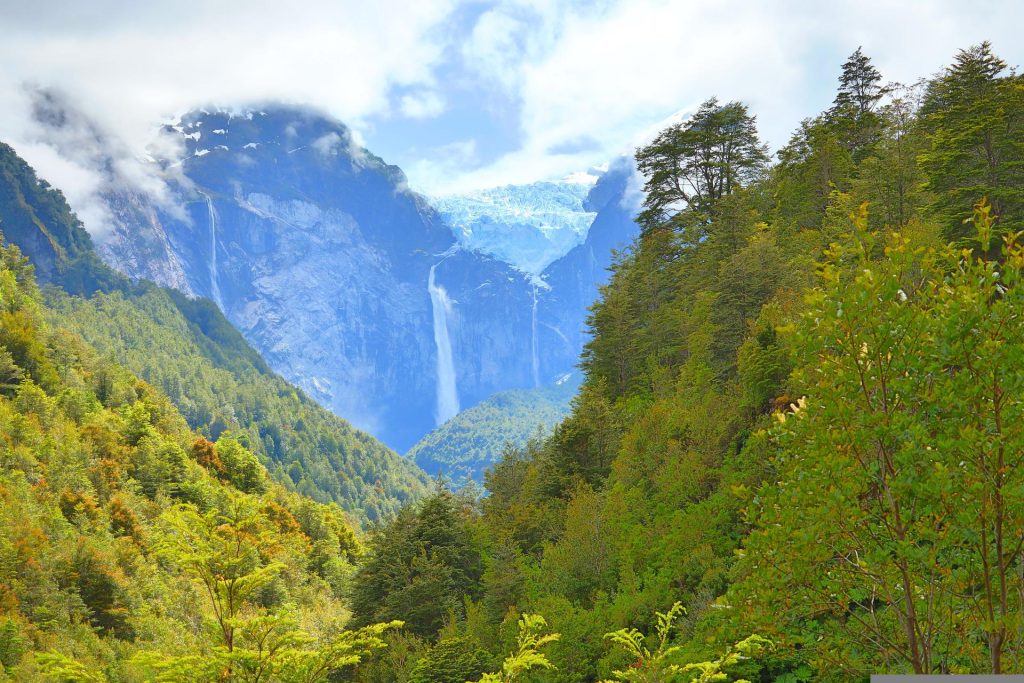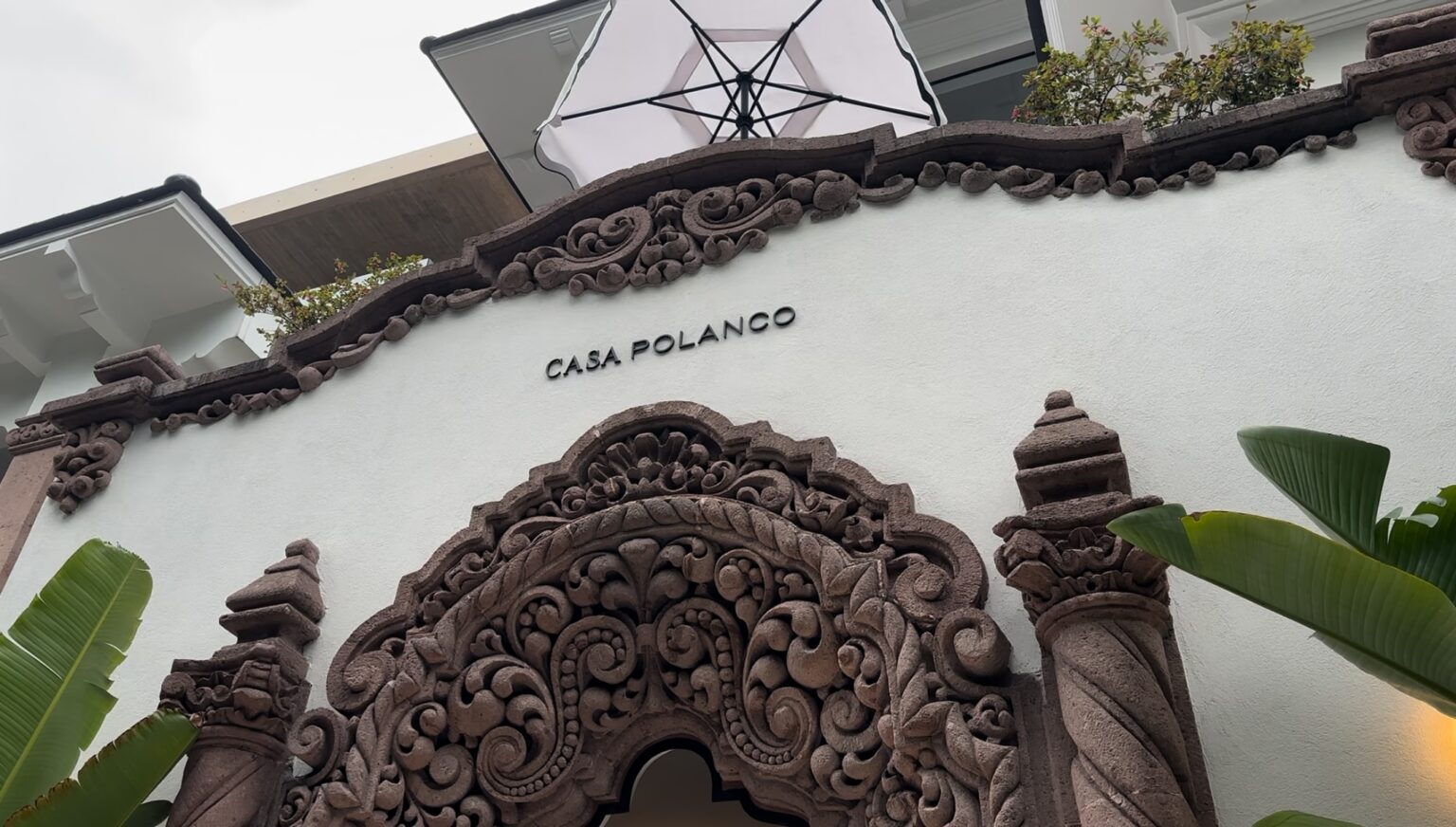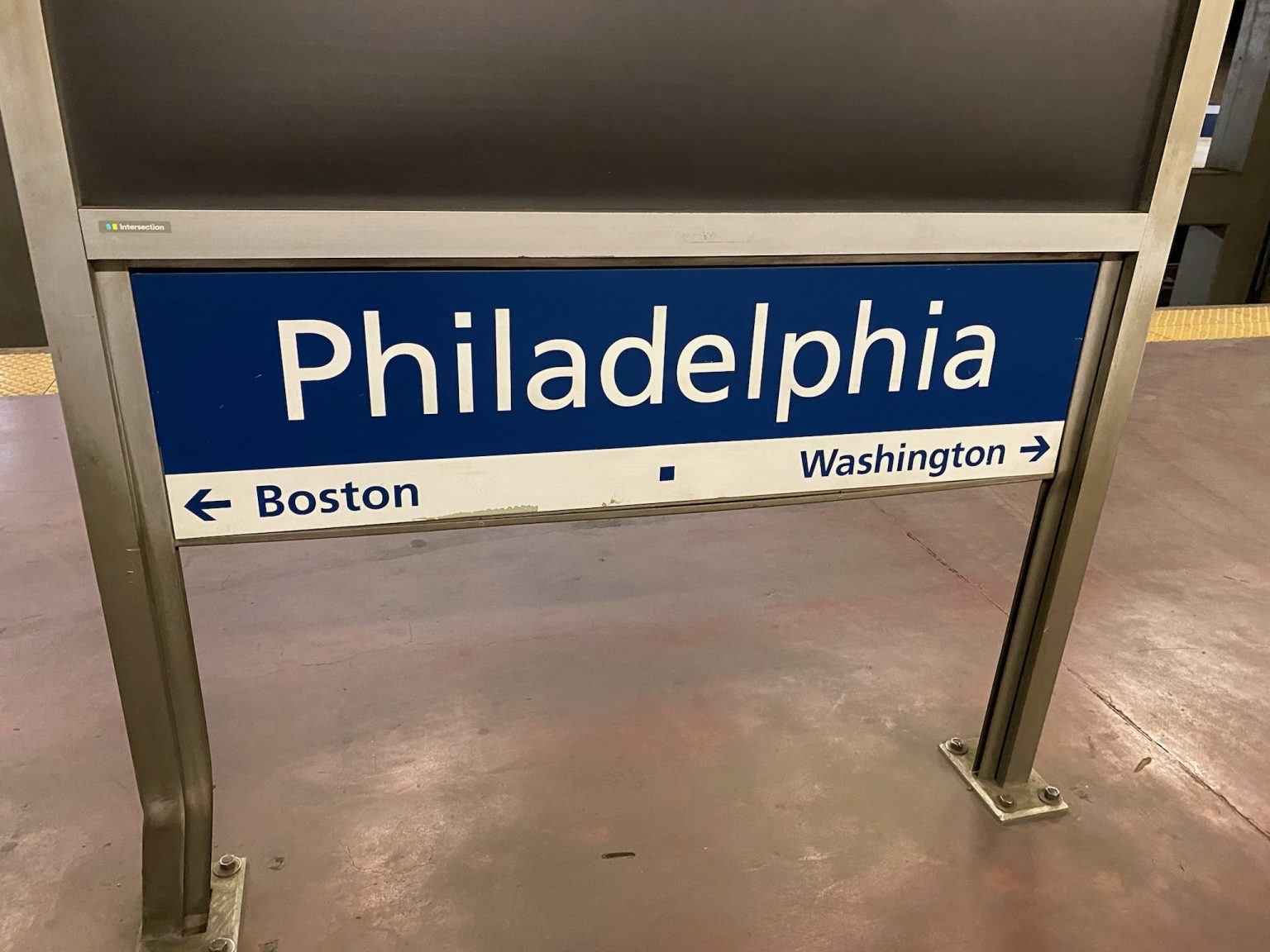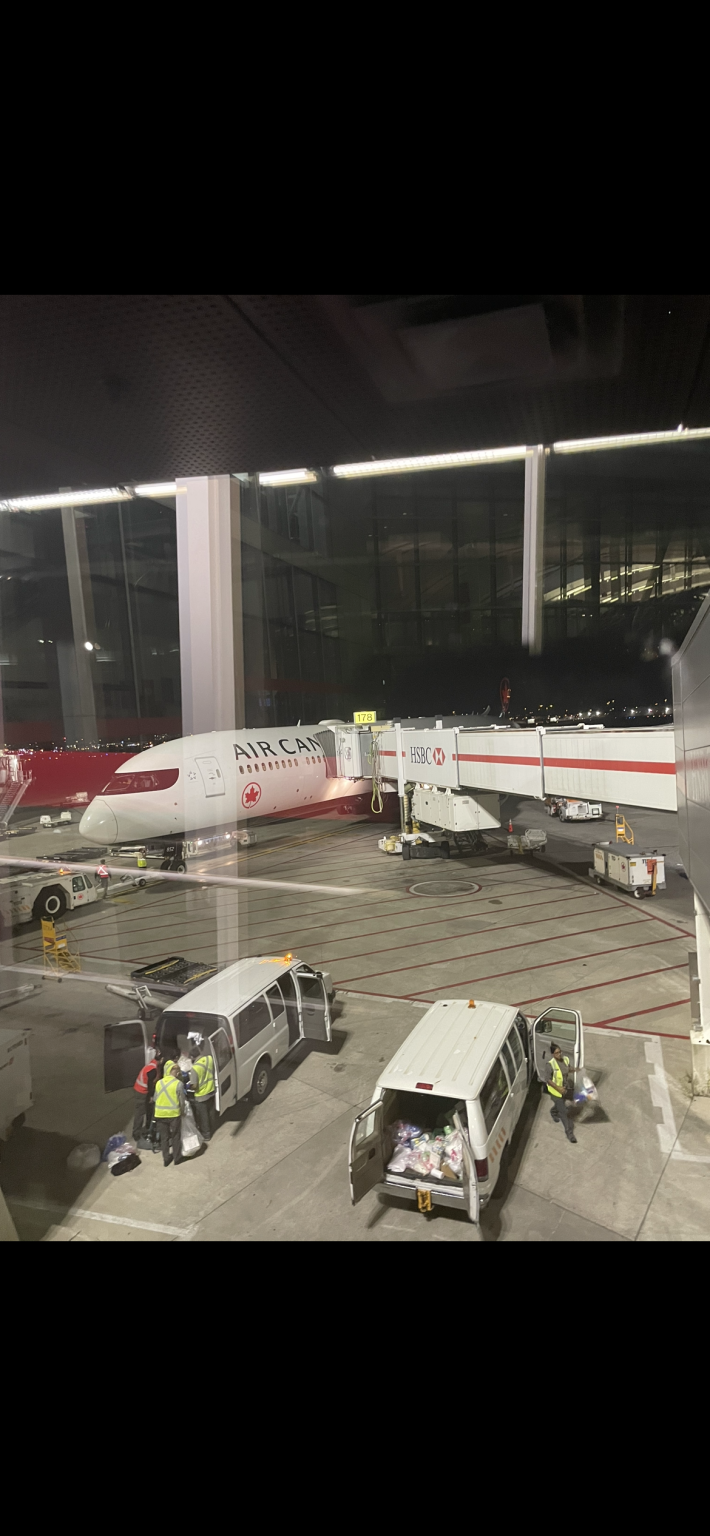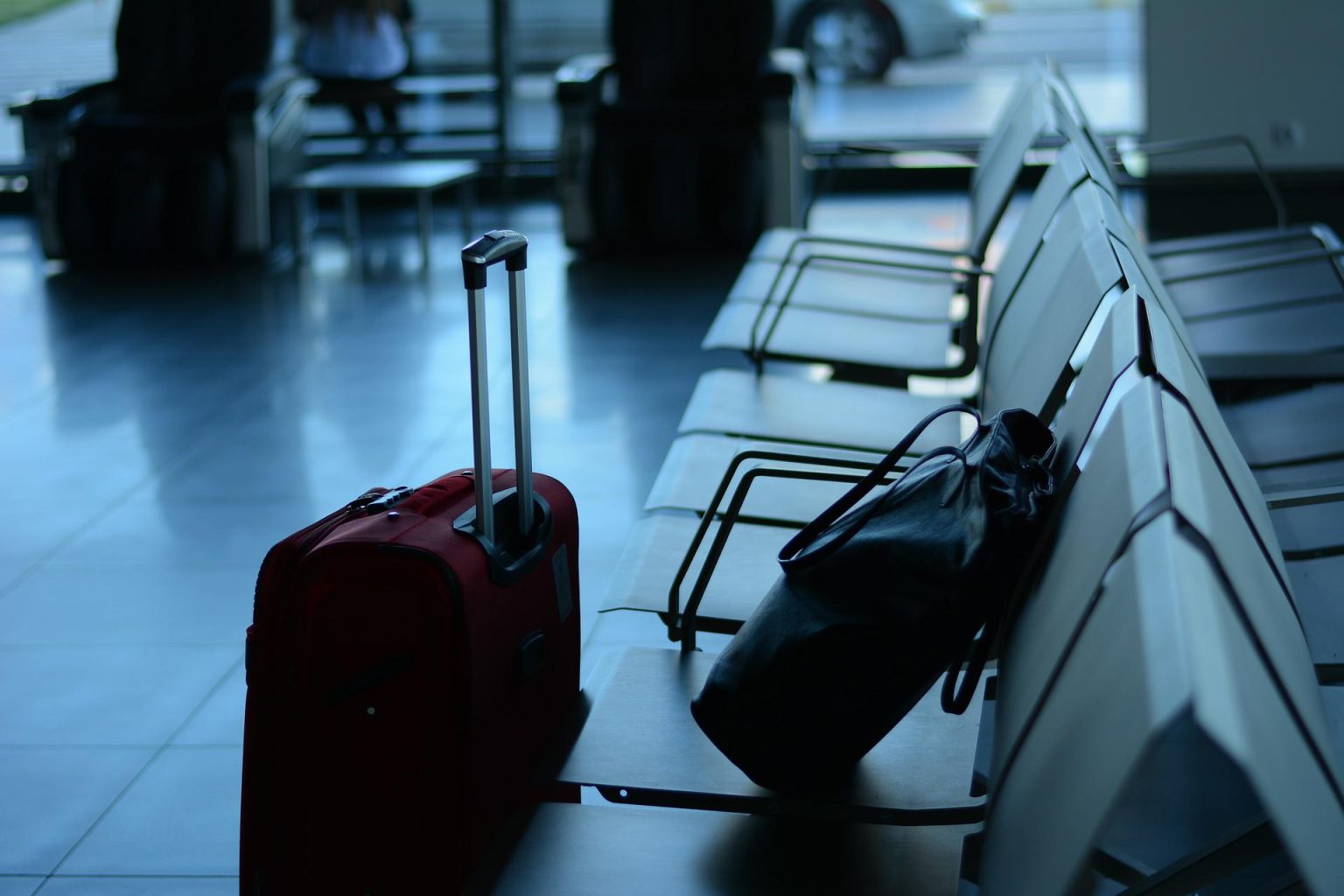Introduction
As many have done during the great resignation, I’m taking time off between jobs. During this time, I’m traveling to one of my bucket list destinations – Patagonia! I find that traveling during this time is best, particularly if you have an extended period, as you can truly disconnect and enjoy the destination without thinking about work.
This is going to be a memorable trip and not just because of the stunning destination. I’m documenting the entire planning process from beginning to end. Hopefully, you can take away some of what I’ve learned. As you know from our blog, we’re here to help make the most of your travel experience and hopefully save money along the way by leveraging effective points strategies.
Why South America and Chile?
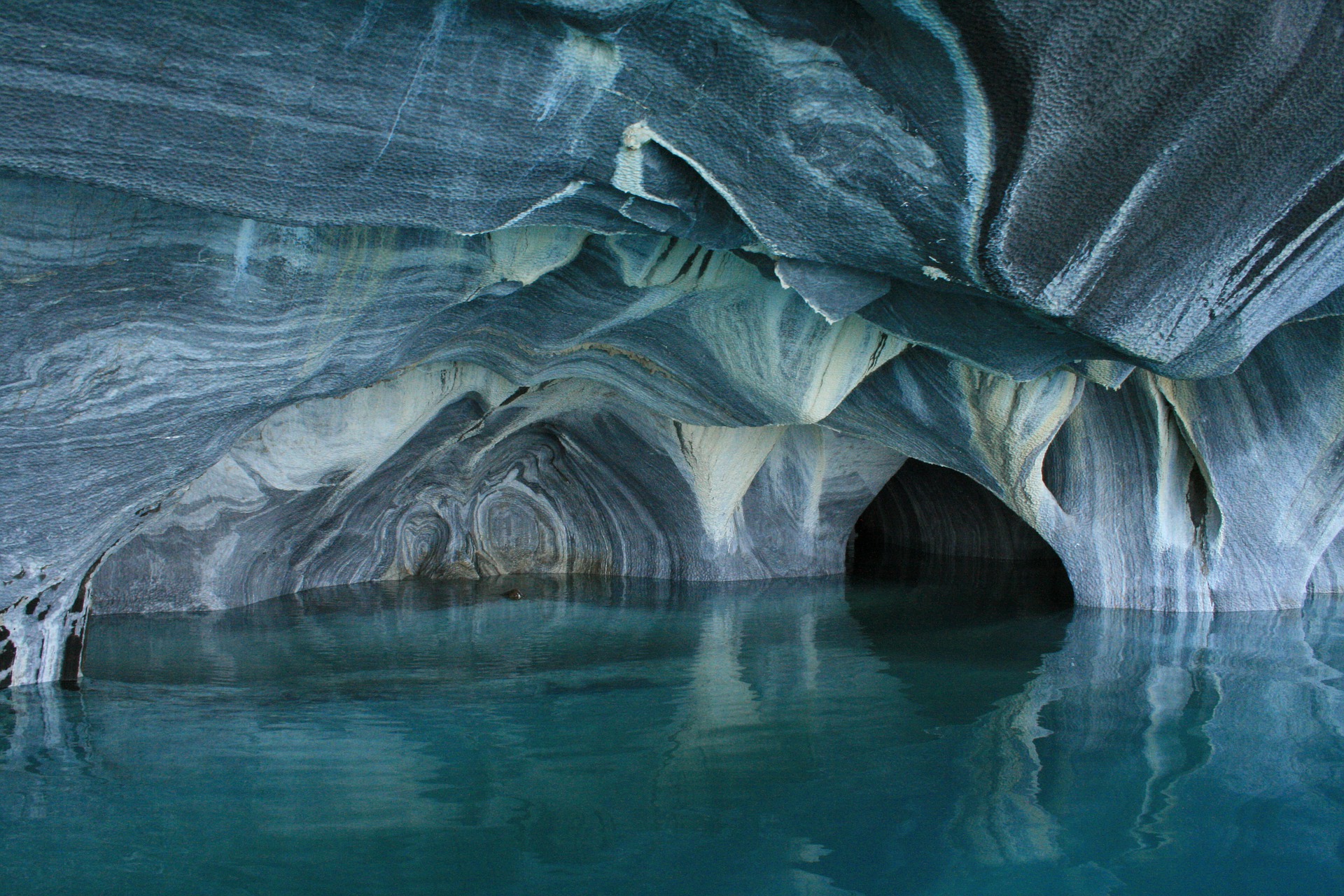
The natural wonders and culture of South America have always fascinated me. Chile delights with diverse geography from deserts in the north, temperate rainforests in the middle, to Patagonia in the south. It’s also the safest and most developed country in Latin America making independent travel more safe bet.
I only have eight days for this trip so I need to plan wisely. Due to my limited time, it wouldn’t be feasible to visit both the northern and southern parts of the country. Therefore, I broke down my targeting areas into three main regions:
- The Atacama Desert – as the driest desert (non-polar) on earth you can find amazing landscapes, salt flats, and some of the darkest night skies on the planet.
- Northern Patagonia and the Aysan region – stunning scenery with access to glaciers and a well-developed road network.
- Southern Patagonia and Punta Arenas – Tierra del Fuego and Torres del Paine national park.
All three options are known for their outdoor activities and truly remote places. Ultimately I picked Northern Patagonia for a few reasons:
- It’s still winter which means cold temperatures and short days – not the time of year to visit Southern Patagonia
- I’ve been to other desert locations and while I certainly would have enjoyed the Atacama, I think I could more easily fill my days with activities in Patagonia.
Ultimately, I decided on the Aysen region of Chilean Patagonia. It’s located on the Carretera Austral which is one of the world’s best roads that I could not miss. I’m all about hitting the open road to explore at my own pace!
Side note: I did also briefly consider flying to Easter Island (Rapa Nui) but opted to forego it on this trip due to the lack of flights to the island and my limited time.
How I Booked My Flight *To* Chile
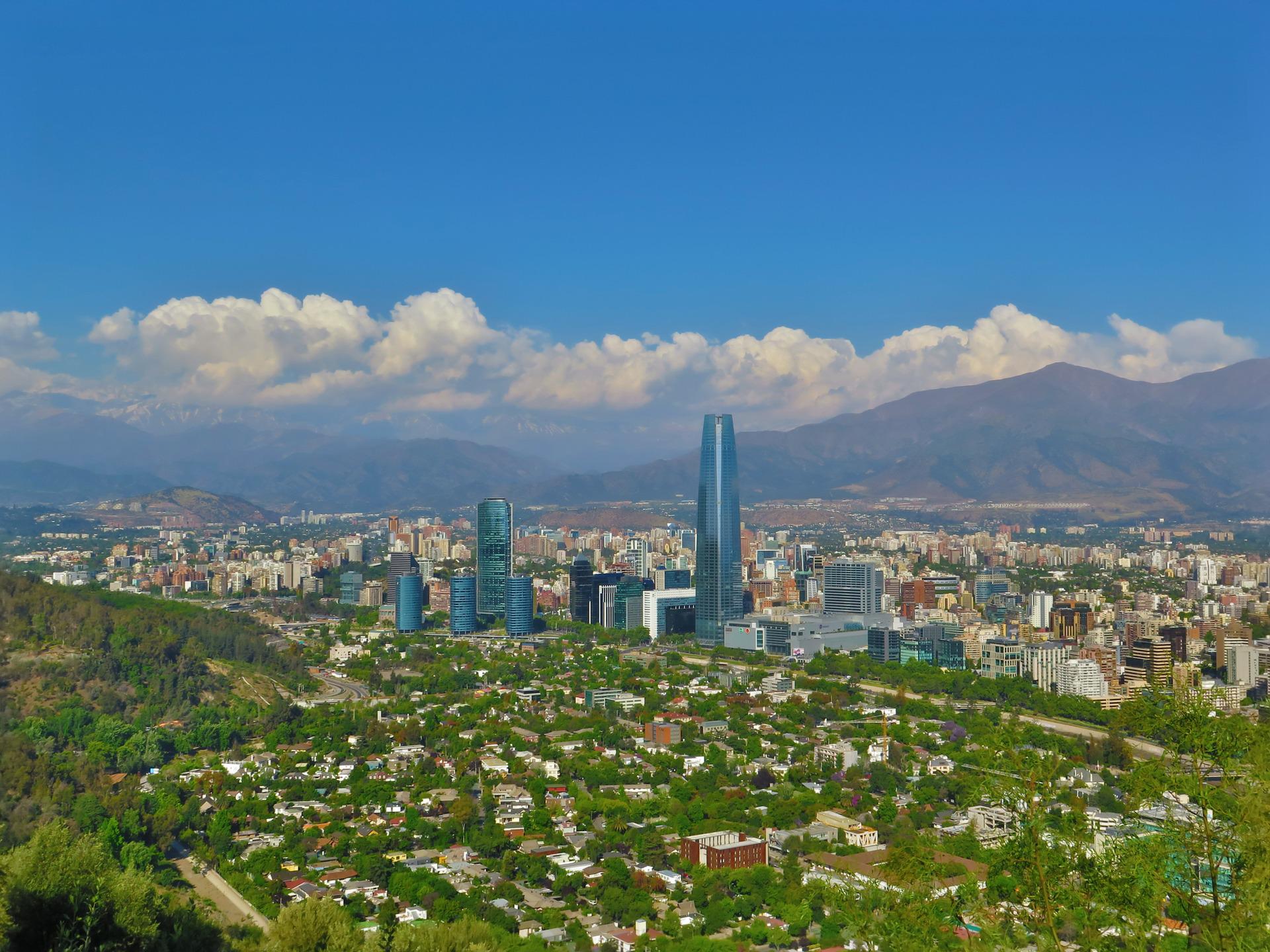
As a Washington, DC-based travel blog, our family is blessed with many worldwide nonstop flights. Unfortunately, Washington-Dulles Airport – our main international airport – lacks nonstop options to Chile. I needed to look elsewhere.
First step – find a flight to Santiago de Chile. The logical choice was to check out LATAM since they have a hub in Santiago. They’re also a member of SkyTeam (as I’ve mentioned on this blog I’m a big fan of their member airline Delta). The closest airport they serve to DC is NY JFK which is quite easy to get to from DC.
I opted not to fly LATAM for a few reasons. First, I really wanted to fly their newest business class product but after looking at my flight options I realized they flew their older versions to the US. There are other airlines flying nicer configurations. Second, since they joined SkyTeam, business class passengers now get access to the Delta SkyClub Lounge at JFK. While certainly a nice lounge, it is chronically overcrowded and certainly not the kind of experience you get at the United Polaris Lounge and American Flagship Lounge.
After ruling out LATAM, I explored United, America, and Delta. United was immediately ruled out because they flew their 767s with the old business class product. While certainly nice, I just flew this product to Europe and looked for something new. American Airlines had a much nicer product but also a much higher price point. Delta, on the other hand, had a price that was just right and I could fly LATAM back through Miami. While I didn’t like the aforementioned lounge issue, they did fly their Delta One suite from Atlanta which has b
een a bucket list item for a long time. Additionally, I could try out LATAM’s new lounge in Santiago – supposedly the nicest in South America!
I thought I had found the winner! Unfortunately, it wasn’t meant to be. While I could easily book Delta directly on their website, the agent had a difficult time getting LATAM to agree to offer the seat at the same rate class as Delta. Shout-out to the Delta agent for her assistance and willingness to go above and beyond, but her hands were tied. Oh well – one of these days I’ll fly Delta One!
That led to the airline that I ultimately booked – Air Canada. I’ve always been a fan of their business class product and they fly their marque 787 configuration from Toronto Pearson to Santiago. As a member of the Star Alliance, I can credit my flight to United so I can make progress on earning status with UA. Of course, if you’ve been following the airline industry you know full well that Toronto Pearson is an absolute mess. They recently had the dubious honor of ranking #2 worldwide for delays and there are hundreds of stories online of lost baggage. Their flight to Santiago is no exception – a casual search on FlightRadar24 shows that this flight regularly departs 3-4 hours late.
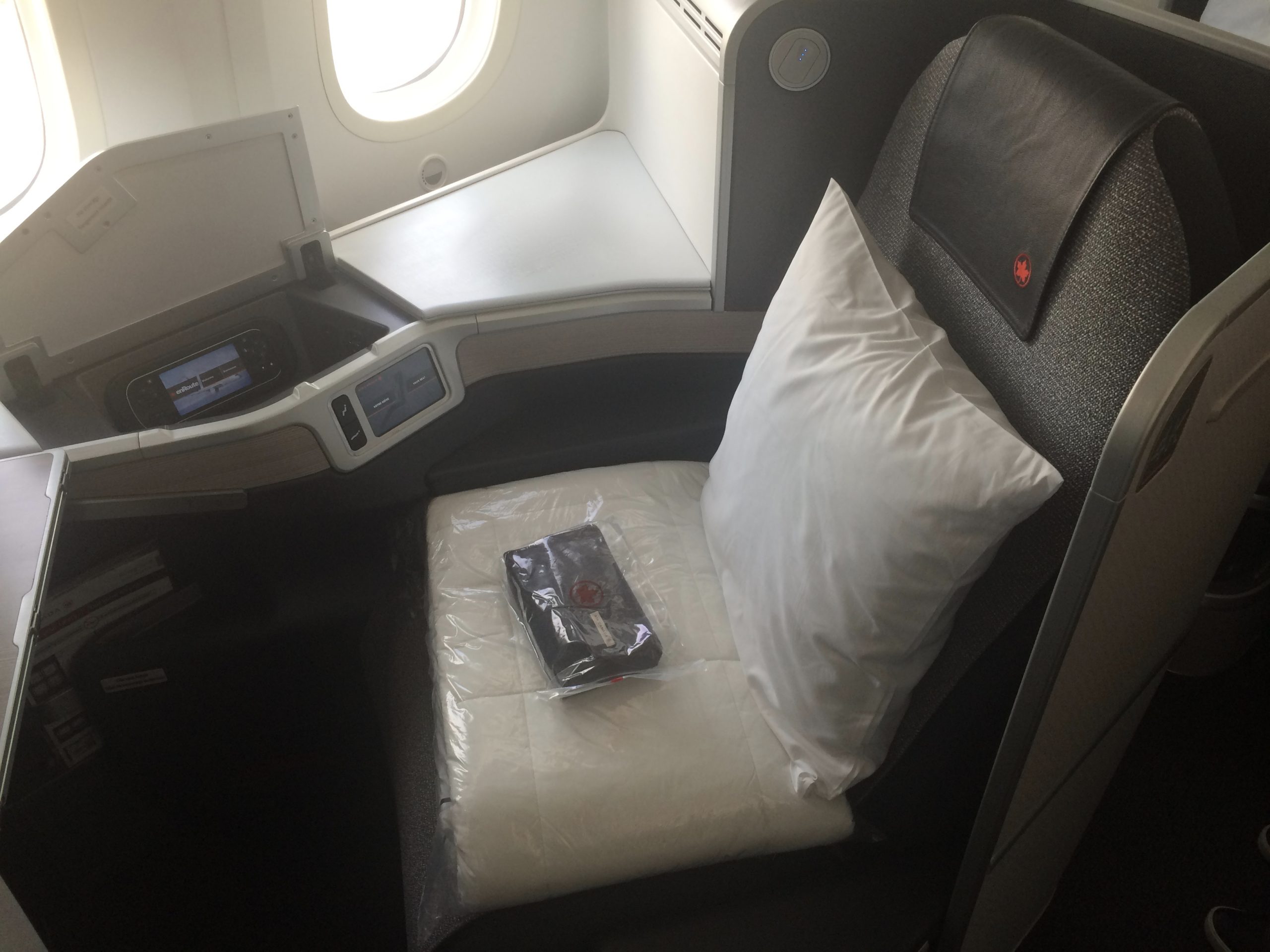
The delays in and of themselves are no big deal because I’ve always wanted to try out their Signature Lounge in YYZ! I’m going to have an in-depth review but know that it is IMO the nicest lounge in all of North America. Restrictions are very tight – only a select group of business class passengers based on fare class can enter. This means you’re not going to be rubbing shoulders with hordes of people. Additionally, I’ve accounted for this delay, giving myself 12+ hours in Toronto. I’ll likely leave the airport to explore the city before spending time at the lounge.
Here’s something really cool about flying Air Canada on a paid international business itinerary. If you fly into YYZ on a domestic flight connecting to your international destination, you will be picked up in a Porsche to bring you to the lounge. This is for ALL paid business class customers which differs from other similar offerings. Delta, for example, only offers this to some of its most loyal flyers. Not going to lie – there was a part of me that wanted to book to Detroit, Uber over to Windsor, then fly from Windsor to Toronto *just* to experience this perk – but logic prevailed!
I would be remiss if I didn’t point out that flights originating from YYZ to SCL can be redeemed using Aeroplan miles at a very reasonable rate. 115K Aeroplan miles is pretty good for a lie-flat seat on a 10+ hours flight! The challenge for anyone not based in Toronto is not only getting there. Flights are plentiful from most of the US, though any delay puts you at risk of missing your international flight.
Important: Booking two reservations like this (one to get to YYZ, the other booking on points) is always risky since the airline is under no obligation to help you on the second flight should the first flight be canceled/delayed. Always try to give yourself the maximum amount of time for the first flight should the worst happen, ideally arriving the day before.
How I Booked My Flight *Within* Chile
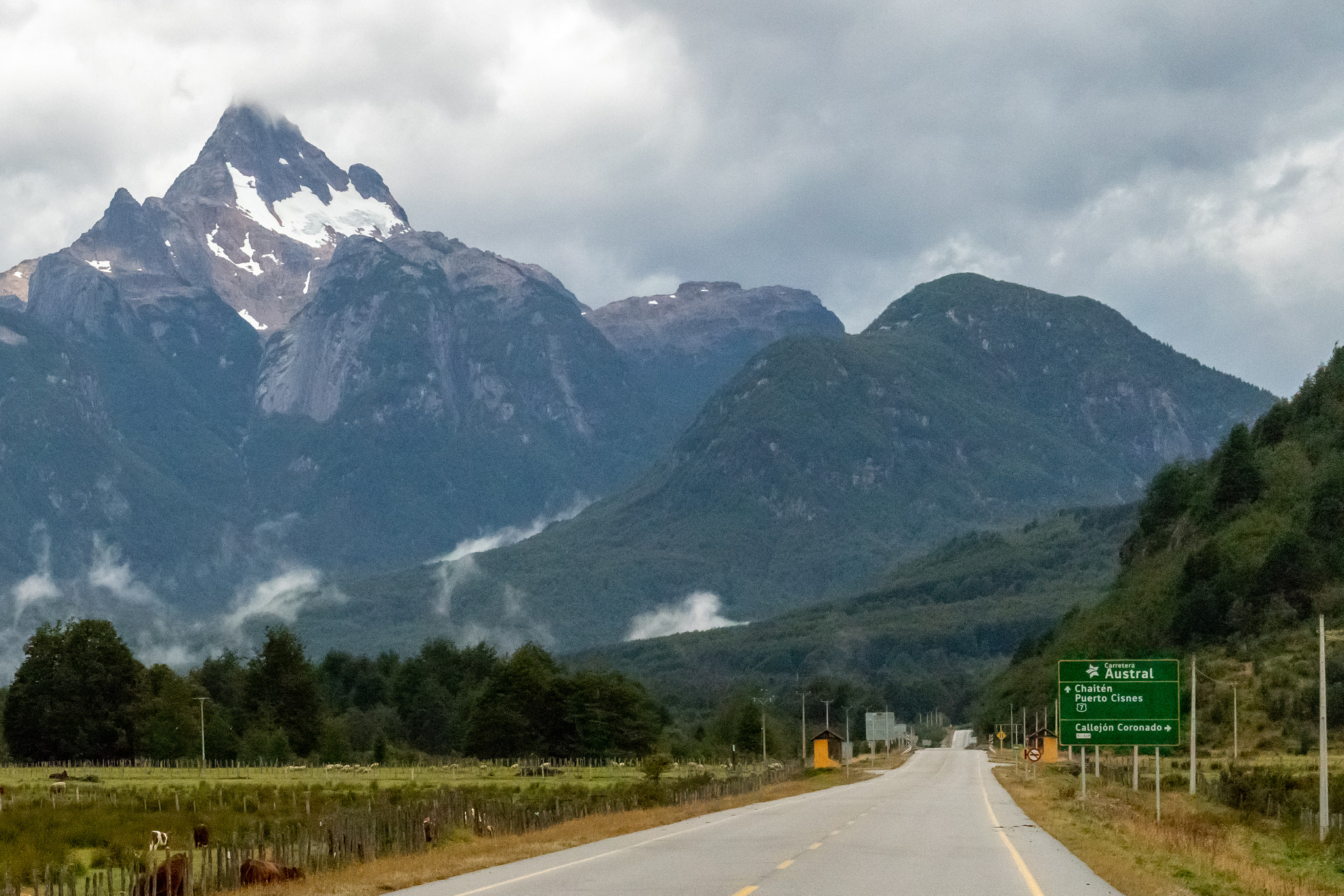
My intra-country flights on LATAM were booked using the Chase Sapphire portal. Unfortunately, it is very hard to book LATAM flights using miles. The only way to accumulate them is either flying on their metal or transferring points from Marriott. The latter isn’t a good value and the former just isn’t feasible for me!
There were a couple of options to get to the Aysen Region of Patagonia. The largest city, located north of the region, is Puerto Montt. Located near Chile’s Lake District, many people fly into that airport, rent a car, and drive south. The city is also the northern terminus of the Carretera Austral. While a beautiful drive, I wasn’t interested in bookending my trip with two days of driving. Therefore, Puerto Montt was out of the picture!
The other airport is Balmaceda, smack dab in the middle of the region. While the town itself is really small, it primarily serves the regional capital of Coyhaique. It’s also pretty much on top of the border with Argentina. A quick look at Google Maps shows the Chilean border checkpoint is nearly next to the runway! I ended up choosing this airport as the best way to get access to the main region of Patagonia.
Accommodations and Rental Car
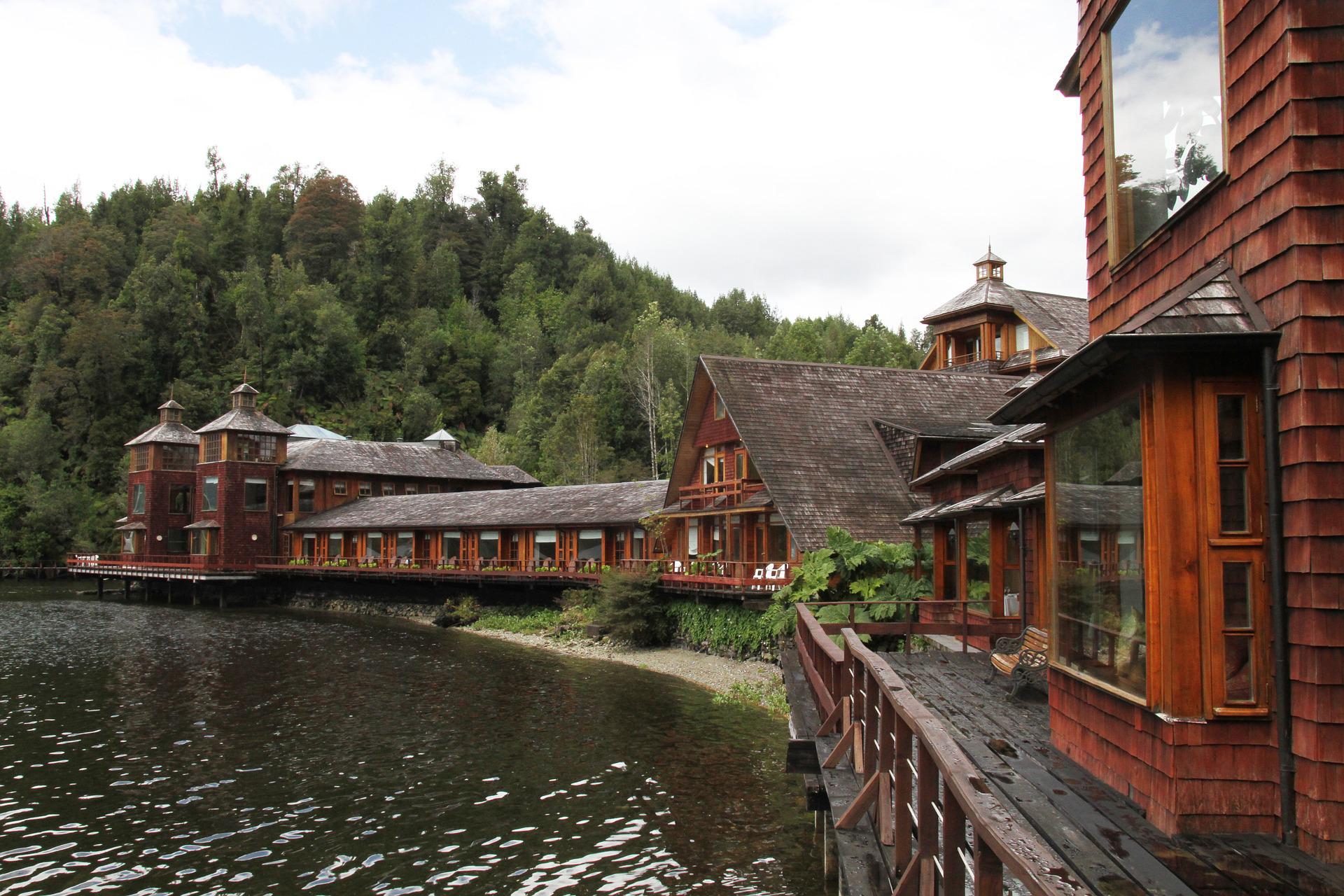
I’m staying in Santiago on the first and last nights of this trip. Unfortunately, the flight schedules didn’t map very well to my arrival and departures. As I mentioned earlier in this post, it’s always a risk to book two separate reservations when connecting. Giving myself a day at either end reduces any risk.
I haven’t booked my accommodations in Aysan as of writing, however, since this is shoulder season I have no doubt I’ll find inexpensive accommodations. AirBnB has particularly stood out for me. There are a number of unique accommodations with some truly spectacular scenery all around. I look forward to diving in deeper to check out the options available to me.
There are a few hotels too that have stood out – including one near a fjord that coordinates excursions to glaciers over an entire day.
My rental car options at Balmaceda are limited due to its small size. I ultimately went with a 4×4 from Europcar since they seem to be the most reputable. I could have also booked my rental car through one of the travel portals but I didn’t want to risk having to deal with Chase if something were to go wrong with the reservation.
Final Thoughts
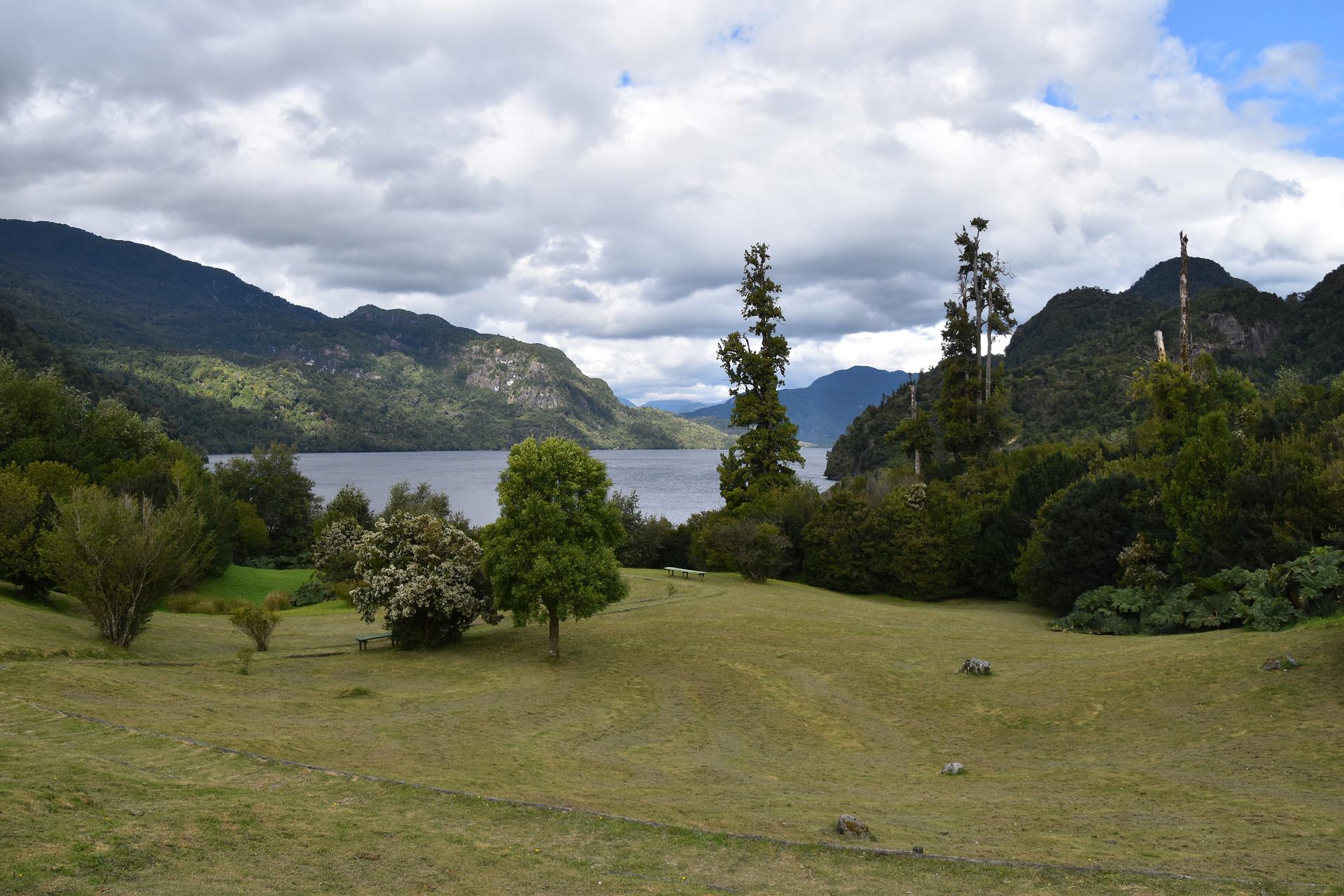
This is simply an overview of my planning process and I expect to have more posts in the next few weeks detailing how my plans turned out in practice. It’s important to note that you must check with the proper authorities regarding entry regulations. As of this writing, you must either show a negative COVID test taken within 48 hours of arrival into Chile *or* show proof of COVID vaccination. Chile requires a mobility pass to prove your status to hotels and restaurants. In practice, however, it’s being loosely enforced.
